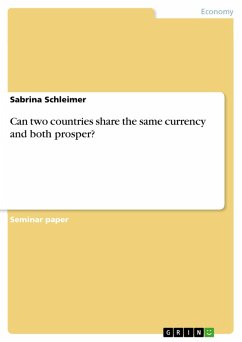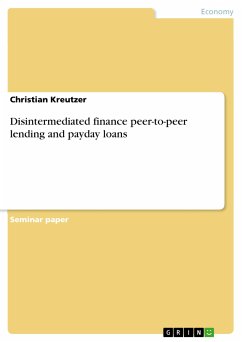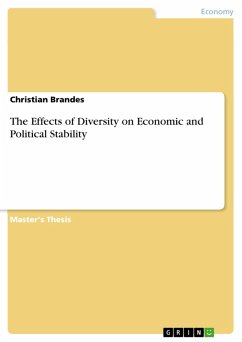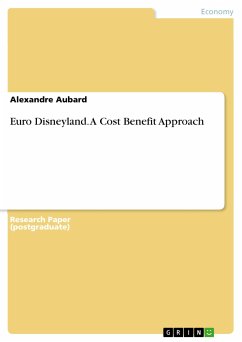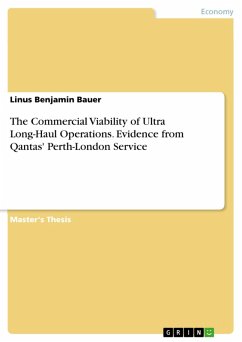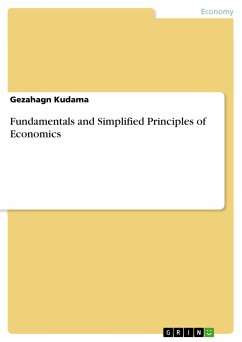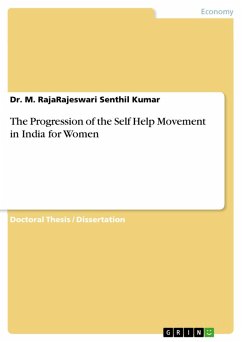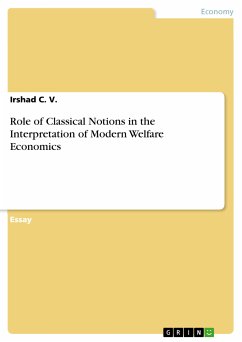Seminar paper from the year 2018 in the subject Economics - Finance, grade: 1,7, University of Strathclyde (Business School), course: International Financial Markets and Banking, language: English, abstract: This assignment will examine whether two countries can share the same currency and both prosper. In order to find out, arguments both in favour and in opposition to the research question will be discussed and evaluated. Finally, a conclusion will be drawn. Before starting a detailed discussion, it is vital to establish precise definitions of the terms "sharing a currency" and "prosper". For the purpose of this paper, "sharing a currency" is defined as being a member of a monetary union. According to Bergin (2008), a monetary union, also referred to as a currency union, is an association of at least two sovereign states which give up their national currencies to adopt a new shared currency. The author further states that by doing so, the member countries surrender their control over money supply as well as monetary policy to a shared authority, a new central bank. There are multiple currency unions all over the world, which is why, to apply this broad definition, this paper will use the Economic and Monetary Union (EMU) as an example. The second important term, "prosper", is a little more difficult to define as there is a vast number of possible prosperity indicators, such as the unemployment rate or the wage level. For the purpose of this paper, "prosperity" is defined in accordance with Fritz and Koch (2016) as the level of "economic development and material welfare". Thus, if this level increases, prosperity in a state also does. Fritz and Koch (2016) argue that the higher the economic development in a country, the higher its individual and social prosperity. In order to gauge the level of prosperity of a state, a number of indicators are very useful. One of the most important indicators for prosperity is the Gross Domestic Product (GDP) of a country. According to the Organisation for Economic Co-operation and Development (OECD) (Gross domestic product (GDP), 2016), the GDP indicates "the expenditure of final goods and services minus imports". In addition to the GDP, the level of trade is an important indicator for a nation's prosperity. As explained by the World Bank (Exports of goods and services (% of GDP), 2017), it is determined by the exports of both goods and services as a share of the respective country's GDP.
Dieser Download kann aus rechtlichen Gründen nur mit Rechnungsadresse in A, B, BG, CY, CZ, D, DK, EW, E, FIN, F, GR, HR, H, IRL, I, LT, L, LR, M, NL, PL, P, R, S, SLO, SK ausgeliefert werden.
Hinweis: Dieser Artikel kann nur an eine deutsche Lieferadresse ausgeliefert werden.

